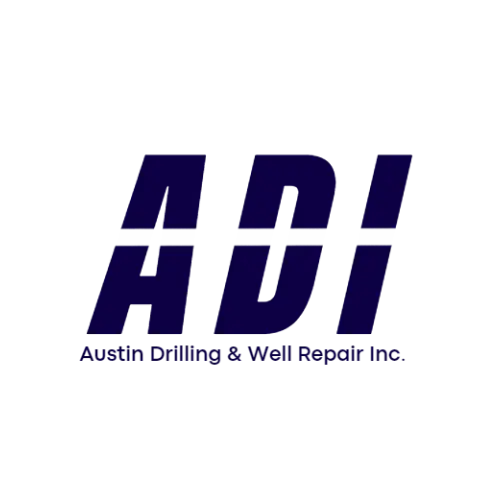Water is an essential resource for life. It is used in various aspects of our daily lives, from cooking to cleaning, and even for drinking. However, as much as water is a vital resource, it is also a finite one. The Earth’s surface is covered by approximately 71% water; however, only 3% of it is freshwater and can be used for human consumption. This limited supply makes water a precious commodity that needs to be managed carefully.
Despite its importance, access to clean and safe drinking water is not always guaranteed. Many countries experience water supply disruptions, which can have severe consequences on the population and the environment.
Causes of Water Supply Disruption from Your Water Well
Water wells, while reliable, can sometimes face disruptions. Several factors can cause these interruptions:
- Mechanical Failures: Pump breakdowns or equipment malfunction can halt water supply temporarily.
- Drop in Water Table: Extended periods of drought or over-extraction can lead to a reduced water table, affecting supply.
- Well Blockages: Sediment accumulation or the growth of bacteria can clog well screens.
- Ground Movements: Earthquakes or other geological activities might impact the water flow.
Consequences of Water Supply Disruptions
The consequences of water supply disruptions are far-reaching and affect both humans and the environment. The most immediate consequence is a lack of access to clean drinking water, which can lead to health issues such as diarrhea, cholera, and typhoid. These diseases are particularly dangerous for children, the elderly and people with weakened immune systems.
Water shortages can also have economic ramifications. Industries that rely on water as a primary resource may face production delays or even shutdowns. This not only affects the businesses but also leads to job losses and impacts the overall economy.
Moreover, agriculture, which consumes a significant amount of water, can suffer due to insufficient water supply. This can result in lower crop yields, food shortages and increased prices for essential commodities.
In addition to human impact, water supply disruptions also have severe consequences on the environment. Rivers, lakes and other freshwater sources are often depleted during times of drought, threatening the survival of aquatic life. Contamination of these sources due to lack of water flow and untreated sewage can also have a devastating effect on ecosystems.
Signs of Water Supply Disruption
Identifying a water disruption early can save time, money, and inconvenience. Here are some signs to watch out for:
- Reduced Water Pressure: A notable decrease in water flow from taps and fixtures.
- Air in the System: Sputtering faucets or spurts of air mixed with water can indicate issues.
- Muddy or Discolored Water: Can signal sediment infiltration or other contaminants.
- Strange Noises: Any unfamiliar sounds from the pump or plumbing system warrant attention.
Emergency Response to Water Supply Disruption
In the face of a water supply disruption, swift action can mitigate damage:
- Turn Off Electricals: If you suspect a pump issue, switch off the related electrical systems to avoid damage.
- Inspect the Well: Check for any visible issues like blockages, leakages, or equipment malfunction.
- Contact a Professional: If the cause isn’t immediately clear or if it’s beyond a quick fix, get in touch with a well expert promptly.
- Use Backup Water Supply: Having an emergency water storage system can be invaluable during disruptions.
Preventing Water Supply Disruption
Prevention, they say, is better than cure. Here’s how you can minimize the risk of disruptions:
- Routine Maintenance: Regularly inspect and maintain your well system, ensuring all components are in top shape.
- Monitor Water Quality: Regular water testing can detect issues before they escalate.
- Educate Yourself: Understand your well’s specifics – its depth, the local water table trends, and the signs of potential issues.
- Stay Updated: Keep abreast of any regional geological activities that could impact your well.
Water supply disruptions, while inconvenient, don’t have to spell disaster. By understanding potential causes, being vigilant for signs of trouble, having an emergency response plan, and investing in preventive measures, well owners can navigate these challenges with confidence and minimal disruption.
If you’re having issues with your water supply, you might need to have your well checked. Call us at Austin Drilling & Well Repair for inspection or repair (if needed).


